“Giant doughnut” joins the hunt for antimatter
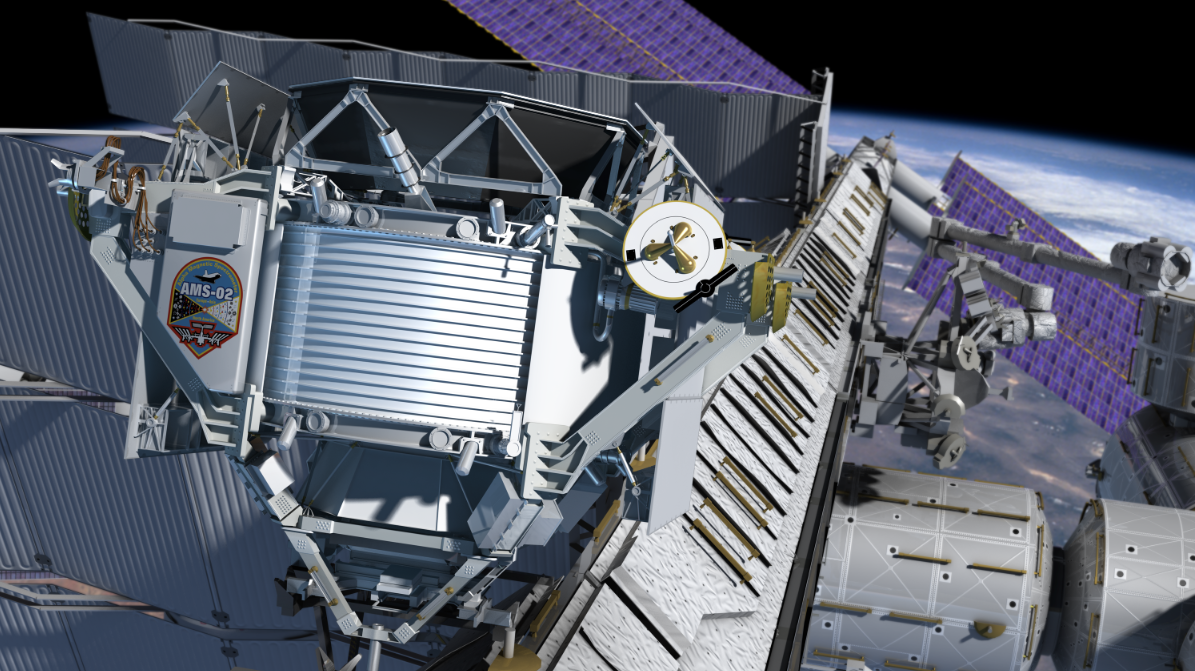
To find out whether the earth is surrounded by anti-matter and dark matter, a large spectrometer is to be installed at the International Space Station (ISS).
The AMS-02 (Alpha Magnetic Spectrometer), which was co-created by scientists at Geneva University and the Federal Institute of Technology in Zurich, is set to be launched aboard the space shuttle Endeavour at 3.47pm local time on Friday.
The launch has drawn the attention of United States President Barack Obama, who plans to be at Kennedy Space Center with his family to watch Endeavour take off.
Just one launch remains after Endeavour returns from its 25th and final space flight, the 134th in shuttle programme history. The shuttle Atlantis is scheduled to close out the 30-year-old programme this summer after flying a last load of supplies to the station.
In 1998, AMS-01, onboard the shuttle to resupply the Russian space station Mir, returned after only nine days in space with a collection of particles – cosmic rays – which constantly bombard interstellar space.
The aim at the time was to show that such a device could survive the harsh conditions of a launch and trip to space.
AMS-02 should last at least ten years. In the US it has been called the “Hubble telescope of cosmic rays”.
To detect these rays, which emanate from the sun but also from nearby stars, supernovae or the Big Bang, one has to get beyond the filter that is our atmosphere. At 300 kilometres above the earth’s surface, the ISS, which whizzes round the planet more than 15 times a day, is the ideal mooring point.
The heart of the AMS is a large cylindrical magnet with a hole in the centre – a sort of giant doughnut which will separate cosmic rays depending on their electric charge. A series of detectors, linked to more than 600 computers, will then be able to carry out the analysis.
Antiprotons
“We’re going to be able to map completely the earth’s radioactive environment: chemical composition, spatial and temporal variations,” said Martin Pohl, one of the leaders of the AMS-02 project. Pohl is also president of the physics section at Geneva University, which has played a central role in the detector’s conception and construction.
“In the 100 years that we’ve known about cosmic rays, this is the first time we’ll have had such data on the phenomenon,” he told swissinfo.ch.
What’s more, the spectrometer should also be able to capture antiprotons and positrons, basic elements of antimatter (see box). AMS-01 found them already, but in such weak amounts that they could easily have been generated over the universe’s 13-billion-year history by collisions between particles.
In this case, they have practically no chance of getting together to form atoms.
Pockets of antimatter?
What interests physicists is the original antimatter – from the beginning of time.
Normally, this should be found in the form of atoms, at least those of the two simplest chemical elements: hydrogen and helium.
“AMS-01 didn’t find anti-helium in a million atoms. If AMS-02 doesn’t find any in a billion atoms, we’re not going to look any further,” Pohl said.
“But if we find some, that would mean there are little pockets of antimatter that survived the Big Bang.”
And if the detectors turn up any heavier atoms, such as anti-carbon, knowing that these elements can only form at the centre of stars, this would mean that some part of anti-stars exists.
Pohl describes this hypothesis as “even more fascinating – and more unlikely”.
Cern involvement
As for dark matter, if that base component is indeed a particle, AMS-02 should manage to find it… perhaps along with some other oddities, for example more unknown forms of matter.
In fact, the space spectrometer complements totally the Large Hadron Collider (LHC) at Cern, the European Organization for Nuclear Research under the Swiss-French border.
There, particles are created and observed in their natural habitat – with the notable advantage that in space, particles reach energies beyond even the world’s largest particle accelerator.
Cern is therefore closely involved in the project. It has carried out tests on the AMS-02 and will handle the data sent from space.
Final trip
All this assumes of course that the launch and docking to the ISS runs smoothly.
AMS-02 will be among the valuable cargo on board Endeavour’s last voyage. Time has been called for the Shuttles, designed in the 1970s and which have seen 133 missions – and the death of 14 astronauts.
Endeavour, which has been promised to the California Science Center in Los Angeles upon its return, was the replacement ship for Challenger, which was lost in a 1986 explosion over the Atlantic that killed seven astronauts.
It will be the second of Nasa’s three surviving shuttles to be retired. Sister ship Discovery, which will be transferred to the Smithsonian National Air and Space Museum, completed its last flight in March. Atlantis’s final launch is scheduled for June 28.
After that, and while waiting for the US space ships of the future, the Russian Soyuz rockets will be the only taxis for the ISS inhabitants. Freight will still be transportable aboard the Automated Transfer Vehicle (ATV), a European cargo supply vehicle which moored for the second time without a hitch in February.
The Alpha Magnetic Spectrometer (AMS-02) is a state-of-the-art particle physics detector designed to operate as an external module on the International Space Station (ISS). It will study the universe and its origin by searching for antimatter and dark matter while performing precision measurements of cosmic rays composition and flux.
AMS-02 is built, tested and operated by an international collaboration of 56 institutions from 16 countries. Nasa is responsible for installing AMS-02 on the ISS where AMS will operate for the lifetime of the ISS.
Orbiting the earth on the ISS at an altitude of about 300km, AMS-02 will study with an unprecedented accuracy of one part in ten billions the composition of primary cosmic rays, searching for primordial antimatter and studying the nature of dark matter.
The AMS-02 observations will help answer fundamental questions, such as “What makes up the universe’s invisible mass?” or “What did happen to the primordial antimatter?”
(Source: AMS-02.org, adapted)
Astronomers and physicists have found that all we see in the universe – planets, stars, galaxies – accounts for only 4% of it.
Cosmological and astrophysical observations indicate that most of the universe is made up of invisible substances that do not emit electromagnetic radiation – that is, we cannot detect them directly through telescopes or similar instruments. We detect them only through their gravitational effects, which makes them very difficult to study. These mysterious substances are known as “dark matter” and “dark energy”.
Dark matter
Dark matter makes up about 23% of the universe. The first hint of its existence came in 1933, when astronomical observations and calculations of gravitational effects revealed that there must be more “stuff” present in the universe than telescopes could see.
But what is dark matter? One idea is that it could contain “supersymmetric particles” – hypothesised particles that are partners to those already known in the Standard Model. Experiments at the Large Hadron Collider may be able to find them.
Dark energy
Dark energy makes up approximately 73% of the universe and appears to be associated with the vacuum in space. It is homogenously distributed throughout the universe, not only in space but also in time – in other words, its effect is not diluted as the universe expands.
The even distribution means that dark energy does not have any local gravitational effects, but rather a global effect on the universe as a whole. This leads to a repulsive force, which tends to accelerate the expansion of the universe.
(Source: Cern, adapted)
(Translated from French by Thomas Stephens)

In compliance with the JTI standards
More: SWI swissinfo.ch certified by the Journalism Trust Initiative

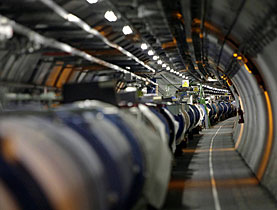
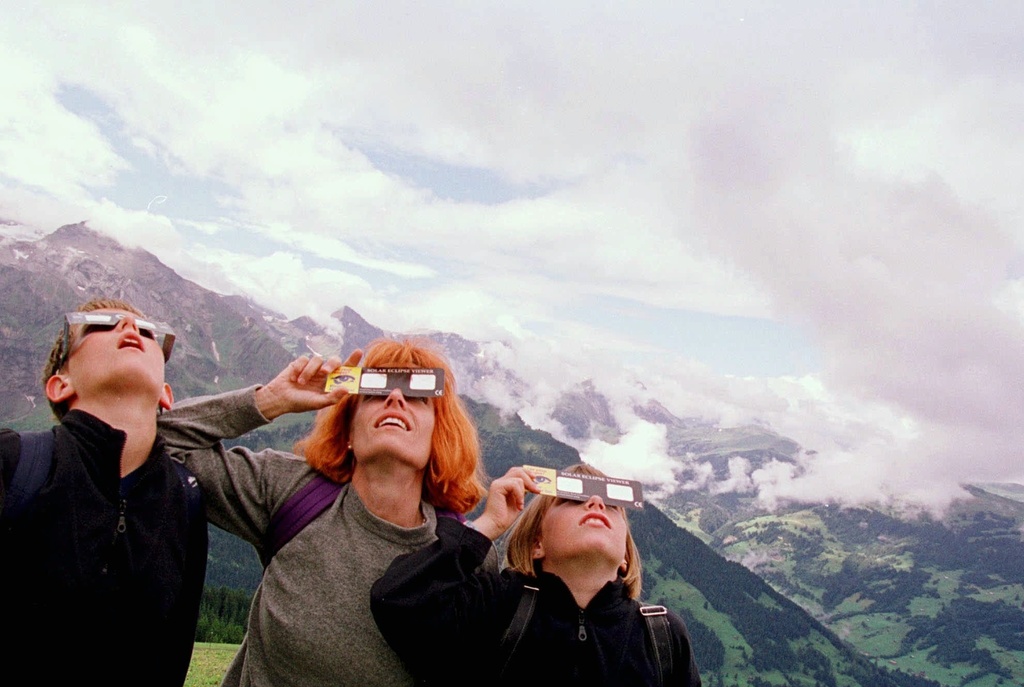
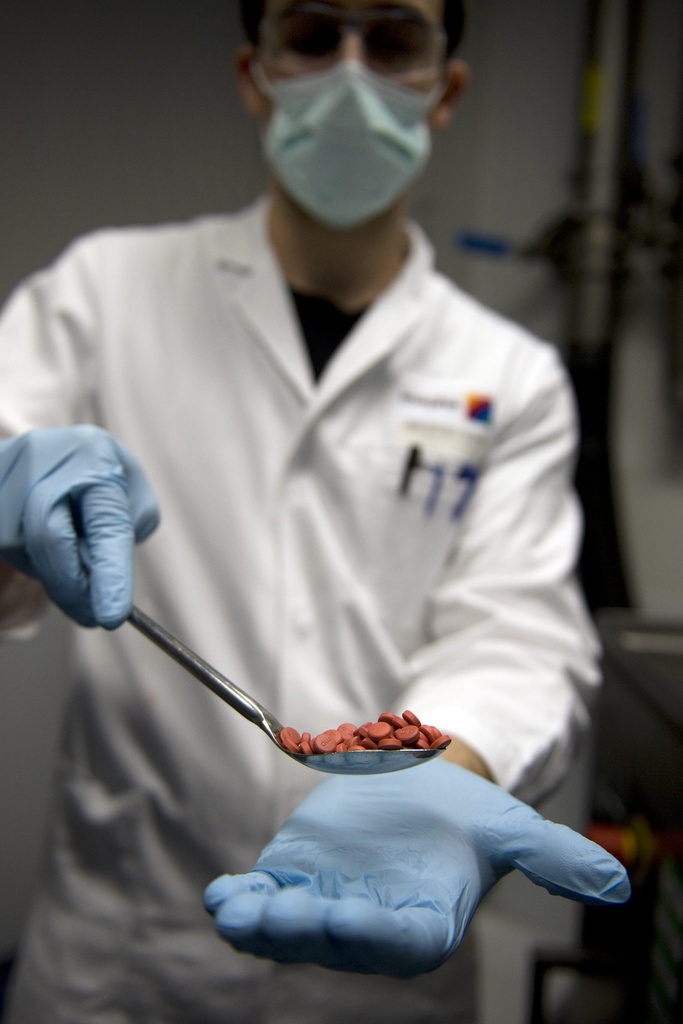
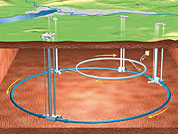
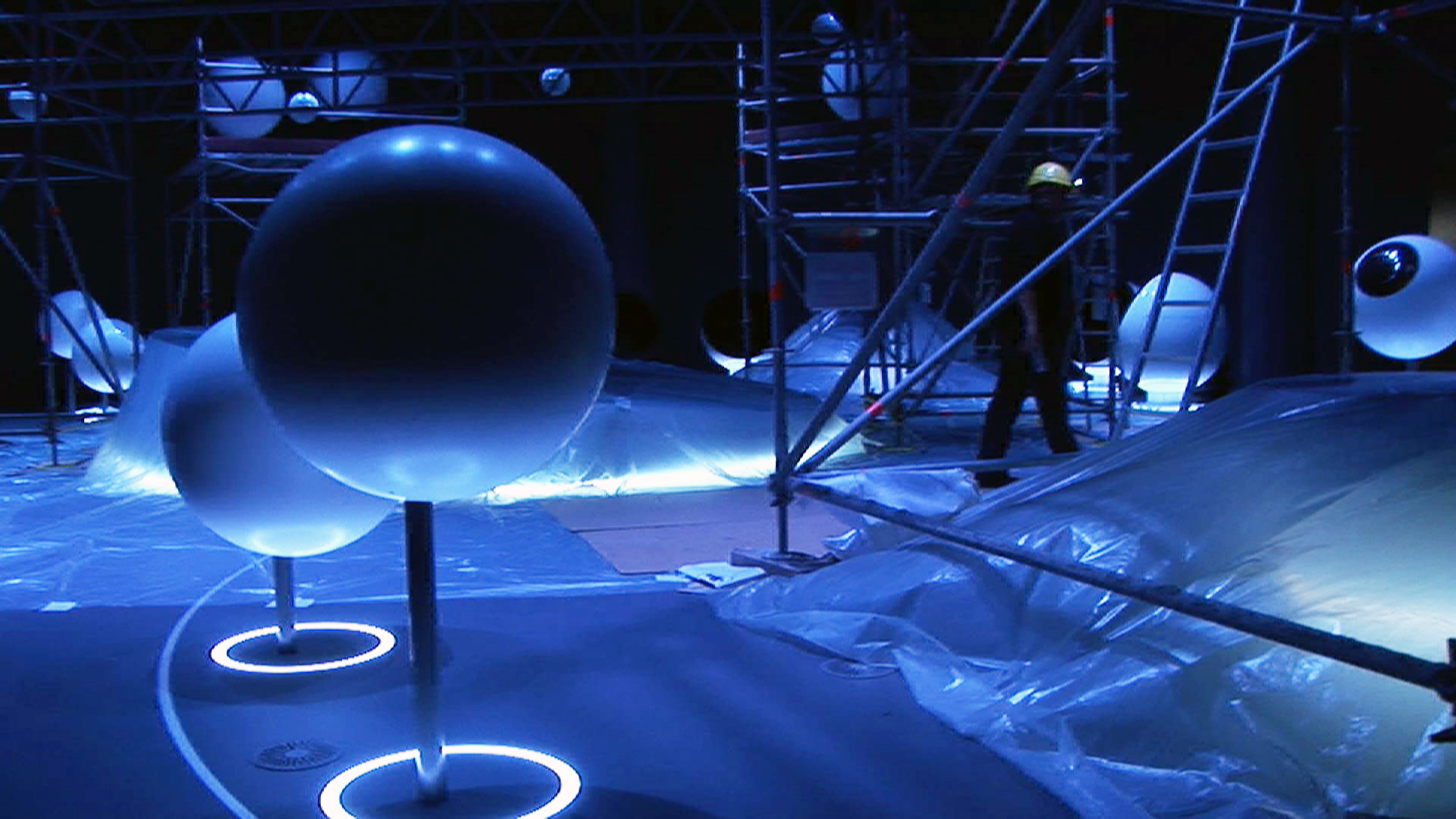
You can find an overview of ongoing debates with our journalists here. Please join us!
If you want to start a conversation about a topic raised in this article or want to report factual errors, email us at english@swissinfo.ch.